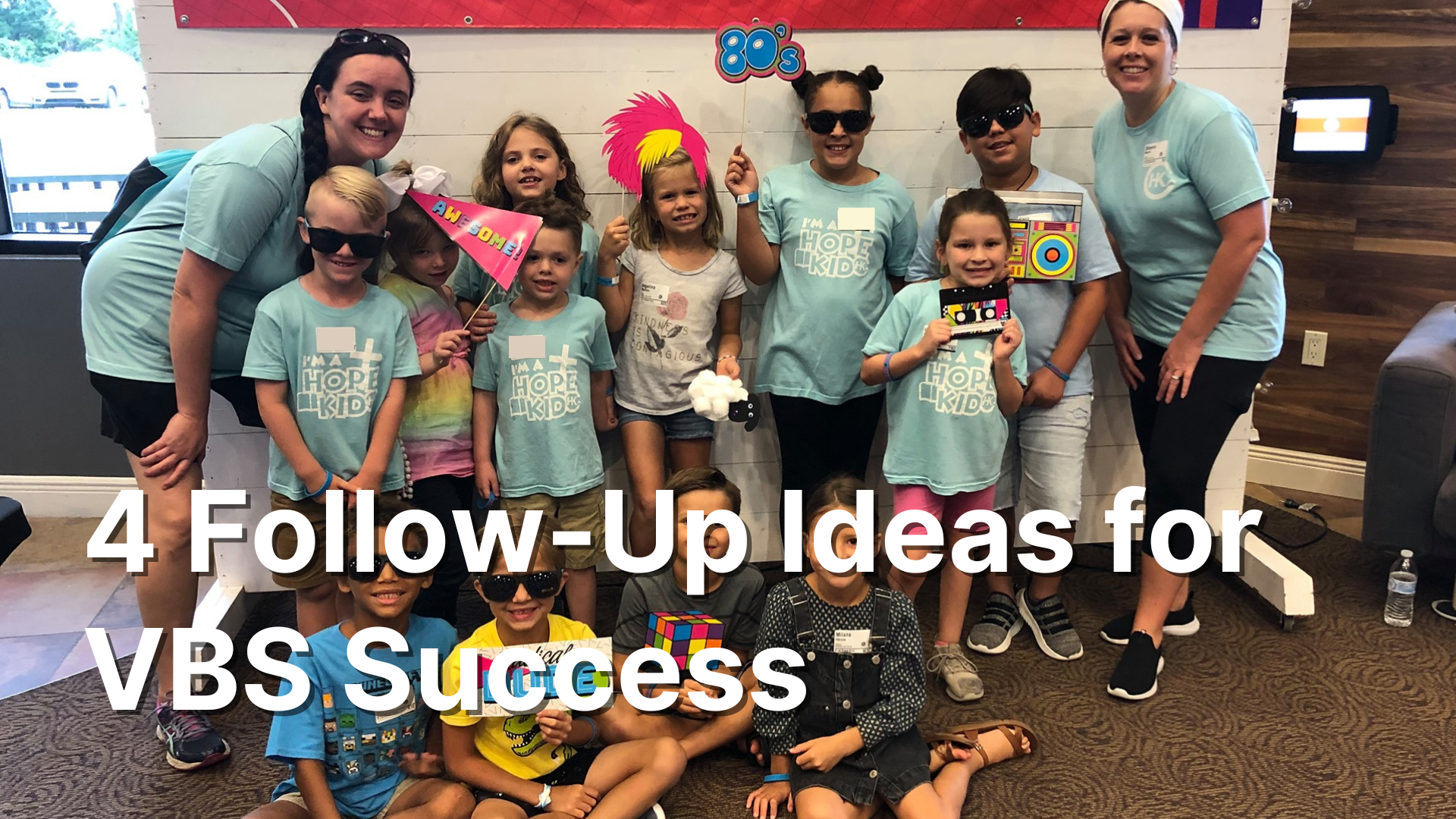3 Overlooked Safety Policies for Your Kidmin
Photo by Diana Polekhina on Unsplash
Safety is an essential element of a successful children’s ministry. When your parents entrust you with their most precious possession, they want to know their child will be safe. We know this and go through great lengths to make sure our kids are safe. We run background checks, give out security tags, and check bathrooms.
These are all great practices and ones that I champion on a regular basis. But there are other safety practices that we may overlook. They’re not as obvious as vetting your volunteers, but they can hurt you if they’re neglected. The good news is that the three practices I outline here are quick, cheap, and easy to deploy.
1. First Aid Kits
This seems like a no-brainer and there’s a good chance that your church has one of these…somewhere. In the event you do have a medical emergency, everyone needs to know where your first aid kit is and can get to it easily. It’s far too easy for it to get buried or wander off to another area.
I recommend you have a couple large kits like this one with everything you need. They need to be in your large group areas and your church's main information booth. Also a smaller one with band-aids and anti-septic in each of your classrooms.
This way, no matter where the kid gets injured (or picks a scab…gross), you have the materials readily available to care for them. I show my volunteers where the first aid kits are as part of my orientation class, and it’s written in the policy manual. It doesn’t do you any good to have them if no one knows where they are. Similarly, you need to check them regularly. Band-aids run out faster than you think. Get a box like this one and restock your kits once a quarter.
2. CPR Classes
These classes can get pricey, and I don’t require it for all my volunteers. But it’s just one more step in keeping your kids safe. You can even say in your welcome letter that your volunteers are CPR certified. It shows that you’re prepared for the worst.
You can contact your local Red Cross to find out when the next classes are. Better yet, find someone in your church certified to teach it. I’ve had firemen, EMTs, and nurses working in my ministry that are all certified. Usually, they come to me to offer the classes at a discount.
Let’s hope you never have to use the skills. But if the situation arises, you’ll be prepared to do something inside and out of the church.
3. Incident Reports
Incident reports are more about protecting you and your church from liability. But it’s still a good practice. These reports keep a written record of what happened, who was involved, and what care steps were taken.
I keep a binder of blank reports next to my first aid kits and ask my volunteers to fill one out every time a kid gets hurt. They make two copies. One for our records and one for the parent. Many times, parents understand when their kid gets hurt. But for every 100 incidents when they don’t mind, there is one when they really care. The incident report creates a calm, objective report that can be referred to later.
After the volunteer fills it out, they turn the church copy into me and give the other to the parent. Usually, I’m the one giving the parent copy away as I explain what happened.
You need to protect your volunteers. You don’t want them to get blasted by an unhappy parent. You don’t either, but you’re the leader and the buck stops with you. Even if you had nothing to do with it and there was no way to avoid it, take responsibility and apologize. That will help diffuse the situation.
Making an incident report isn’t hard, but to make it even easier for you, you can download mine right here. It’s completely editable so you can change it to fit your needs and your church’s branding.
If you want a successful children’s ministry, you need to keep your kids safe. These safety procedures outlined here will help you take the extra step and show that you care. Then your parents will be far more willing to trust you with their kids.










This kit gives you a kids registration card, check-in procedures, and a guest letter for parents. All of the documents use word except the registration card, which uses Photoshop.